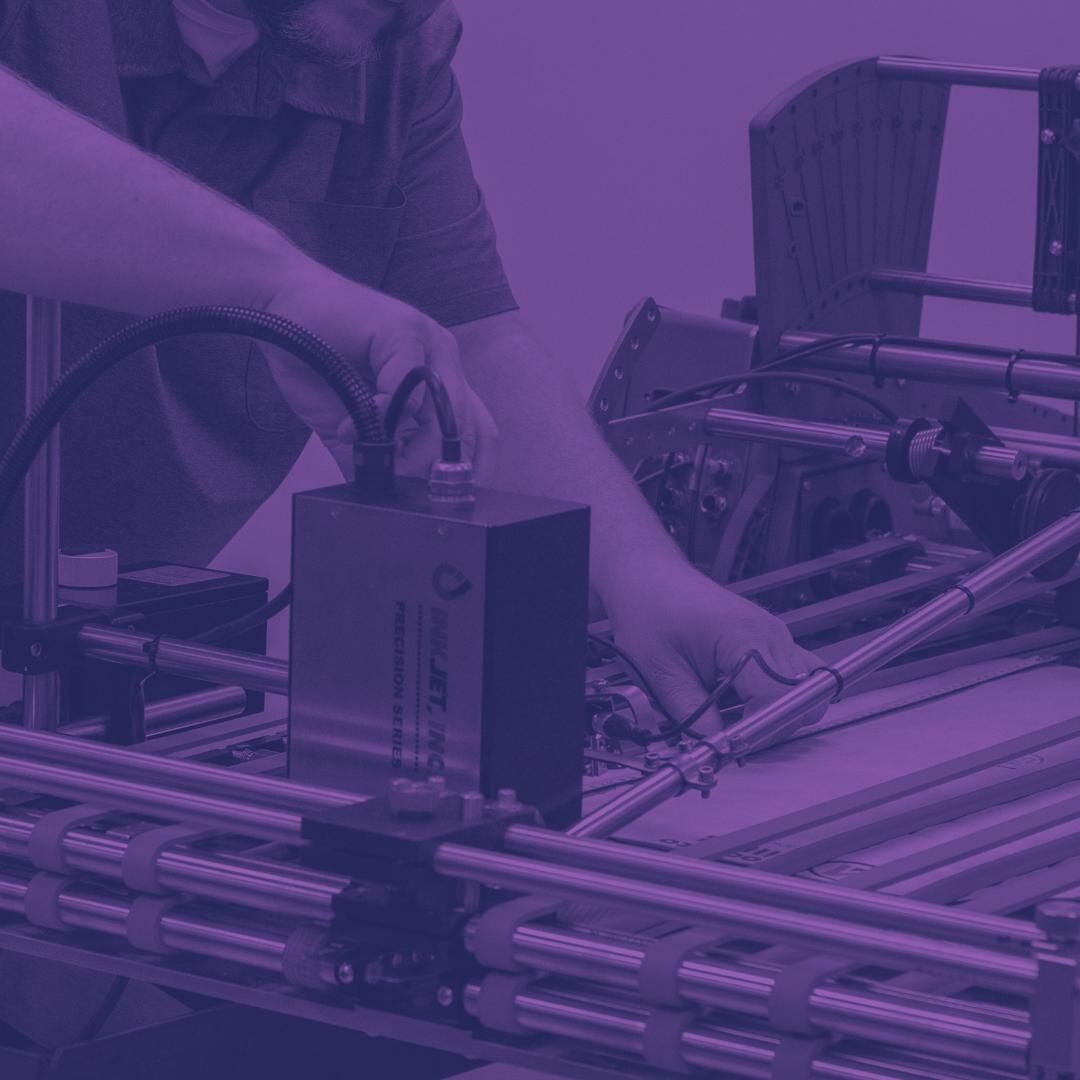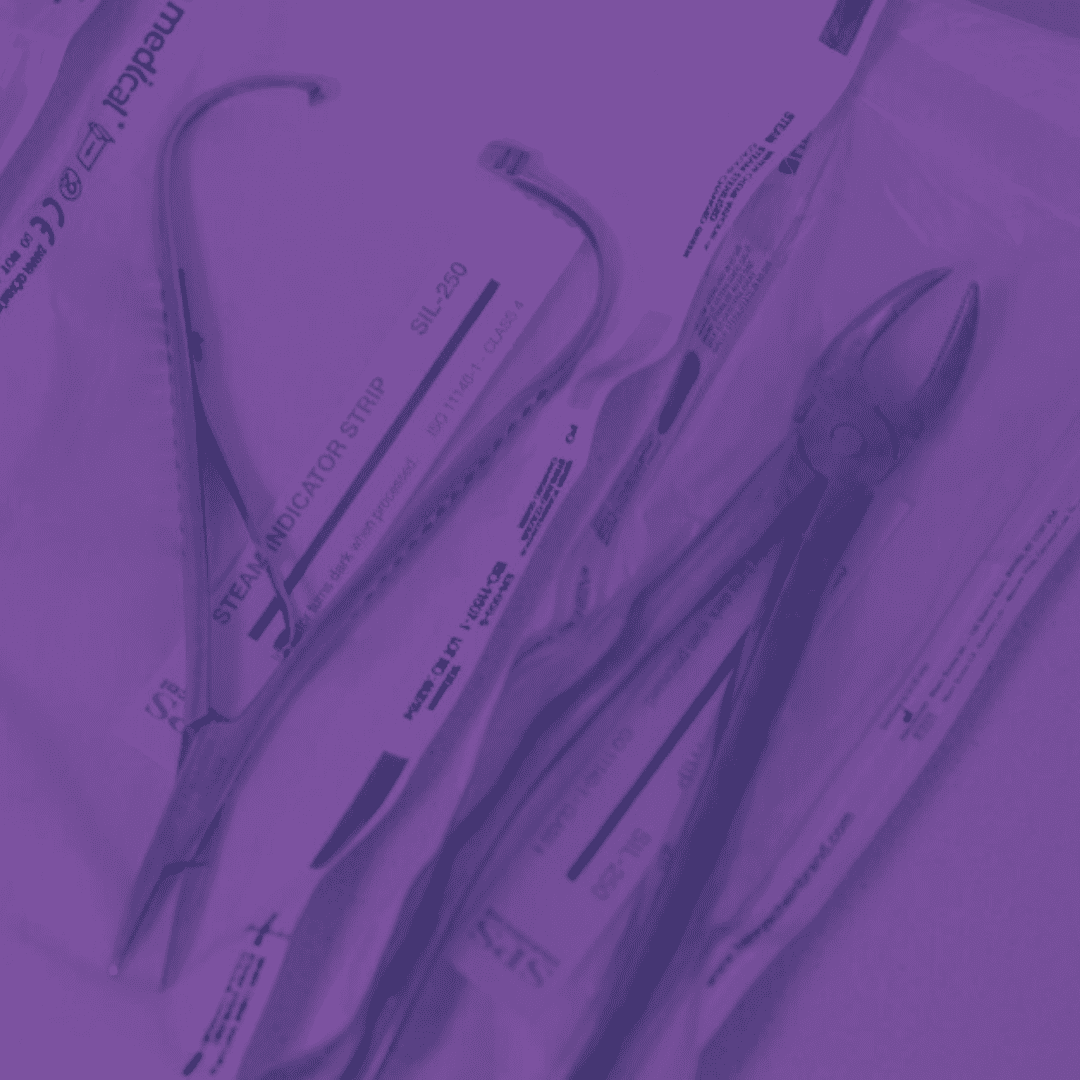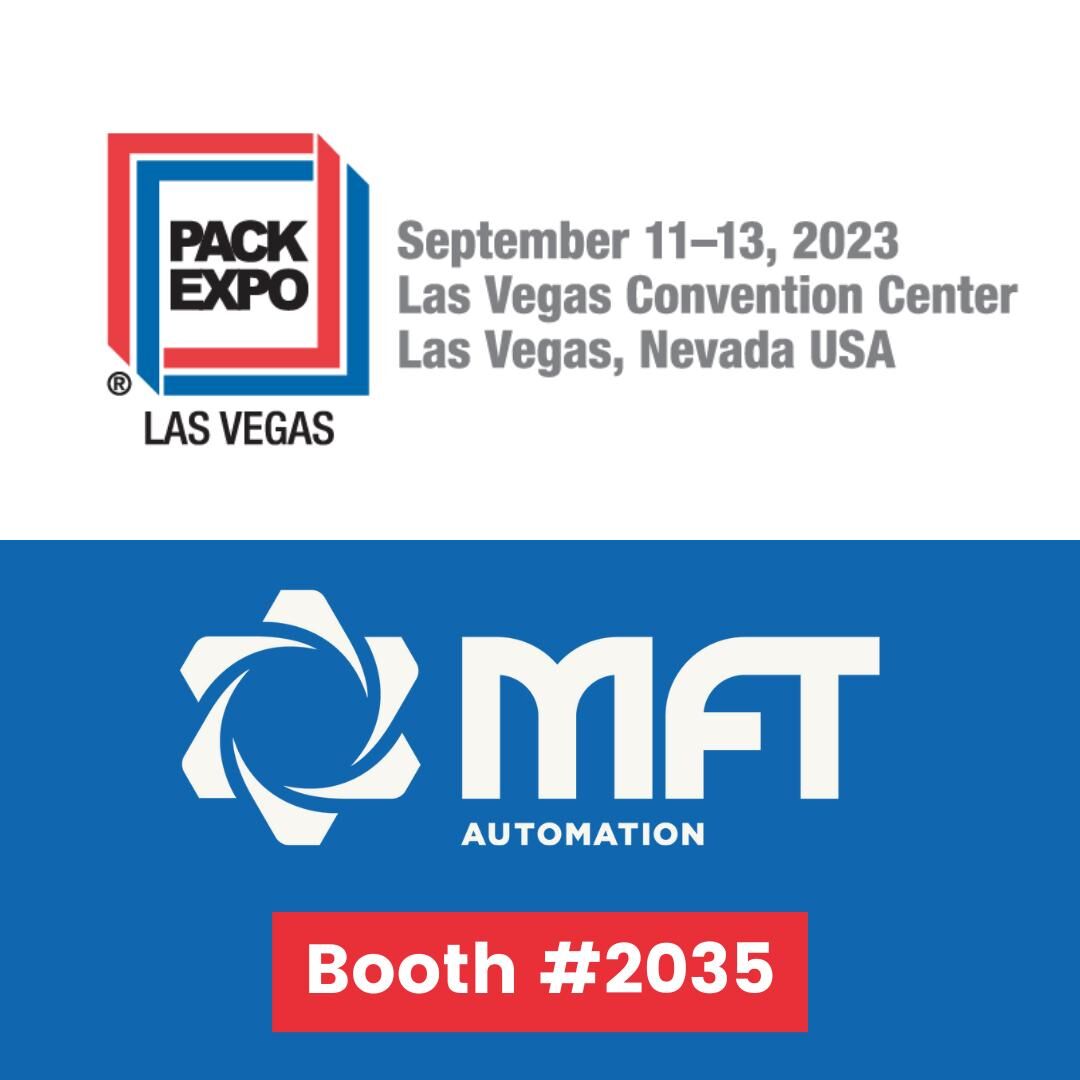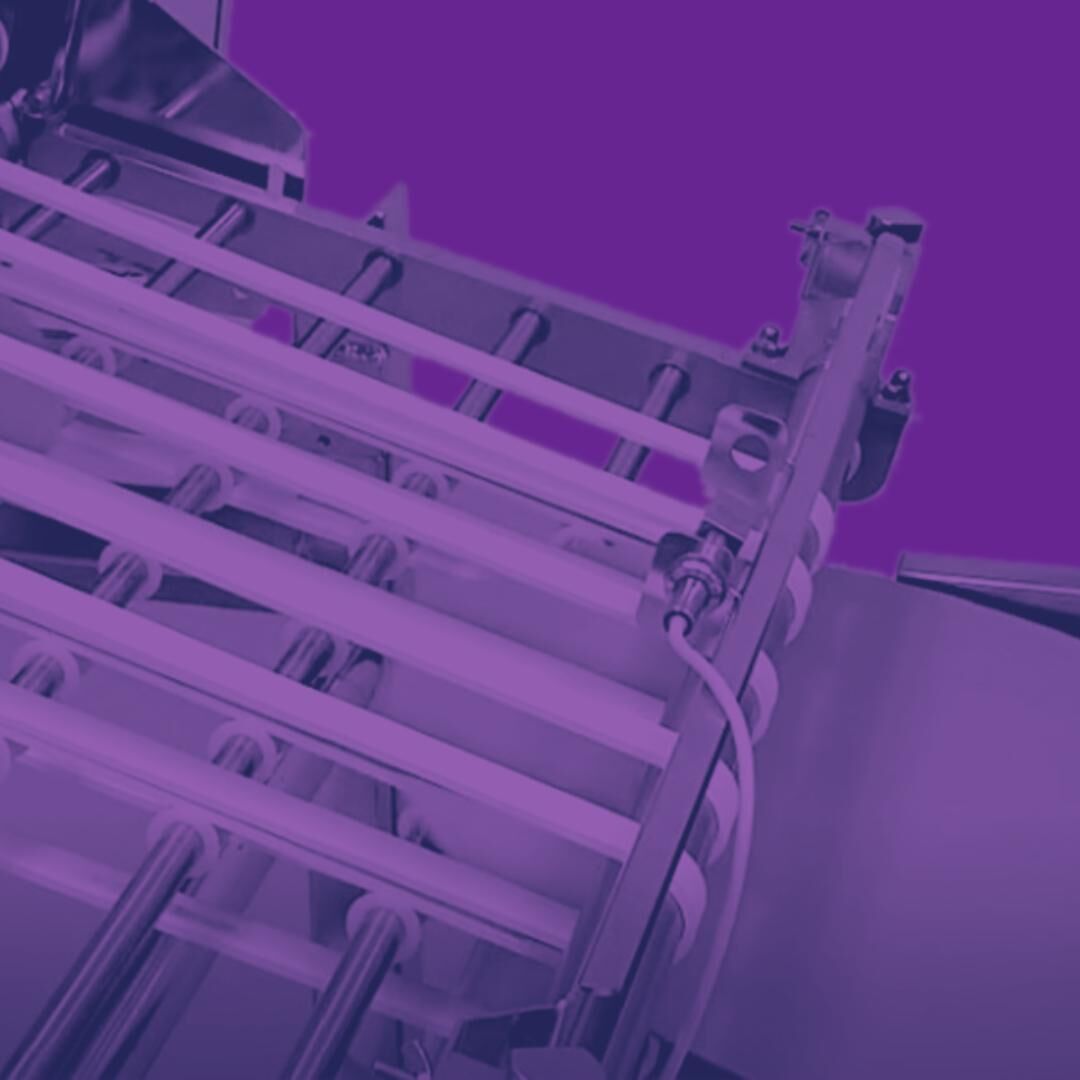4 Pharmaceutical Packaging Trends To Watch
The Pharmaceutical and Medical Packaging industry experienced exponential growth due to the COVID-19 pandemic. Global crisis aside, the industry has always been in high demand and continues to grow, evolve and change. Pharmaceutical and medical packaging are under strict guidelines, regulations, and standards, but innovations and the ever-changing healthcare industry bring new trends every year. Here are four pharmaceutical and medical packaging trends to watch:
Eco-Friendly and Sustainable Packaging
Climate change, finite resources, and the human impact on the planet are massive trending topics among consumers and businesses alike. Sustainable and eco-friendly packaging and practices have become a focus for consumer packaged goods (CPG) companies, and pharmaceutical packaging is no exception. Pharmaceutical companies are also feeling the pressure to become more sustainable from governmental agencies, such as the World Health Organization (WHO), which issued a directive requiring manufacturers to make packaging as recyclable as possible. Biodegradable and recycled materials are now cheaper and more accessible to companies. Recyclable plastics like polyethylene terephthalate (PET) have become a popular choice for packaging material, including in the pharmaceutical packaging industry. The supply chain has also worked to become more sustainable, with many companies looking to consolidate their operations into one place reducing emissions and likely saving money and time. It is in companies’ best interests to make a sustainable plan as consumers, governments, and shareholders look to an uncertain future.
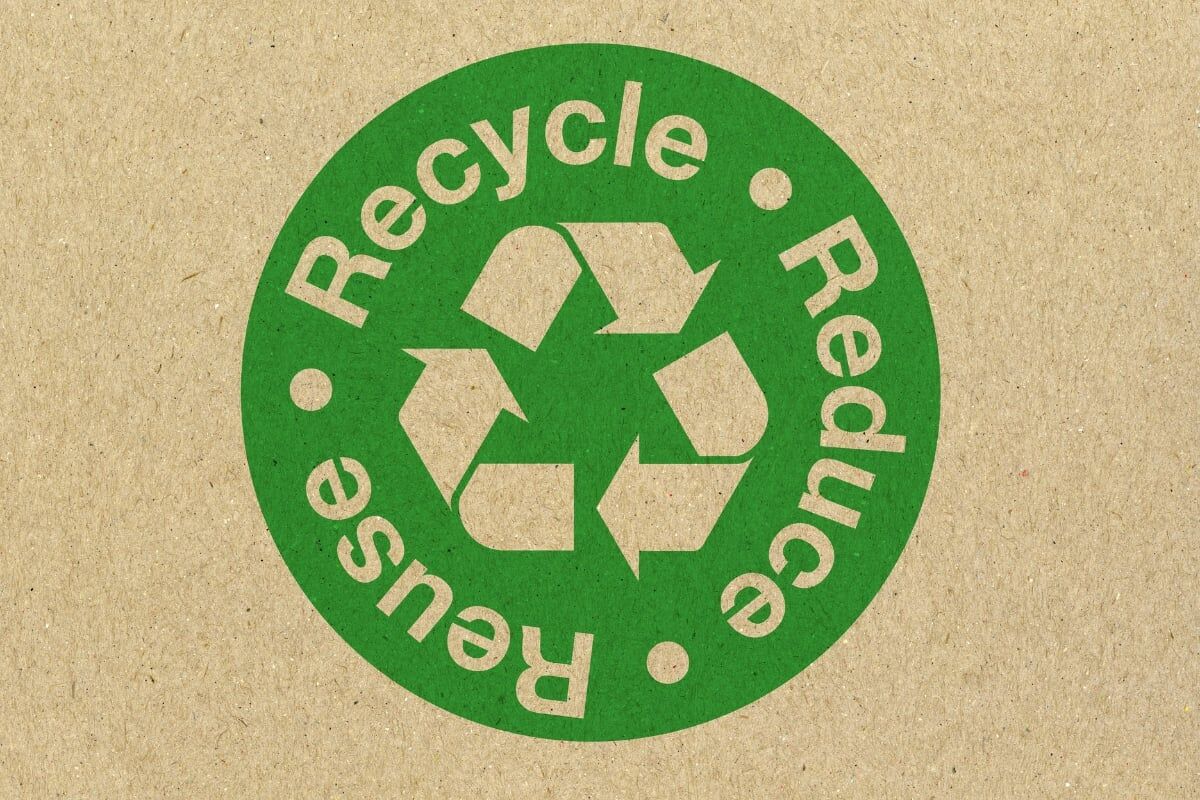
Self-administration
Challenges such as labor shortages, new safety standards, and more arose during the pandemic. Healthcare providers worked tirelessly to find new ways to meet the high demand and keep healthcare accessible to high-risk patients. Self-administered medications and tests have become more popular with both patients and doctors. At-home medical test kits changed the course of the pandemic, allowing people to quickly test for COVID-19 without going into a doctor’s office, allowing people to stay home and curb the spread. Patients have accessed self-administered medications in the past, but recent developments have made it easier for patients to access them. A common self-administered medication is insulin for diabetics to control their blood sugar levels. New technology such as auto-injectables like automated insulin pumps has made it convenient and fast for diabetic patients to get the medications they need and administer them themselves. These developments have assisted in the rise of more self-administered therapies for other autoimmune diseases and emergency drugs. There is a variety of self-administered medications packaging, including prefilled syringes, cartridges, vials, auto injectables, and wearables. These packages need to be durable to survive transport and the packaging needs to include labels with clear instructions and warnings. As the industry continues to innovate and self-medications become more normalized, packaging must adjust to handle these precious medications.
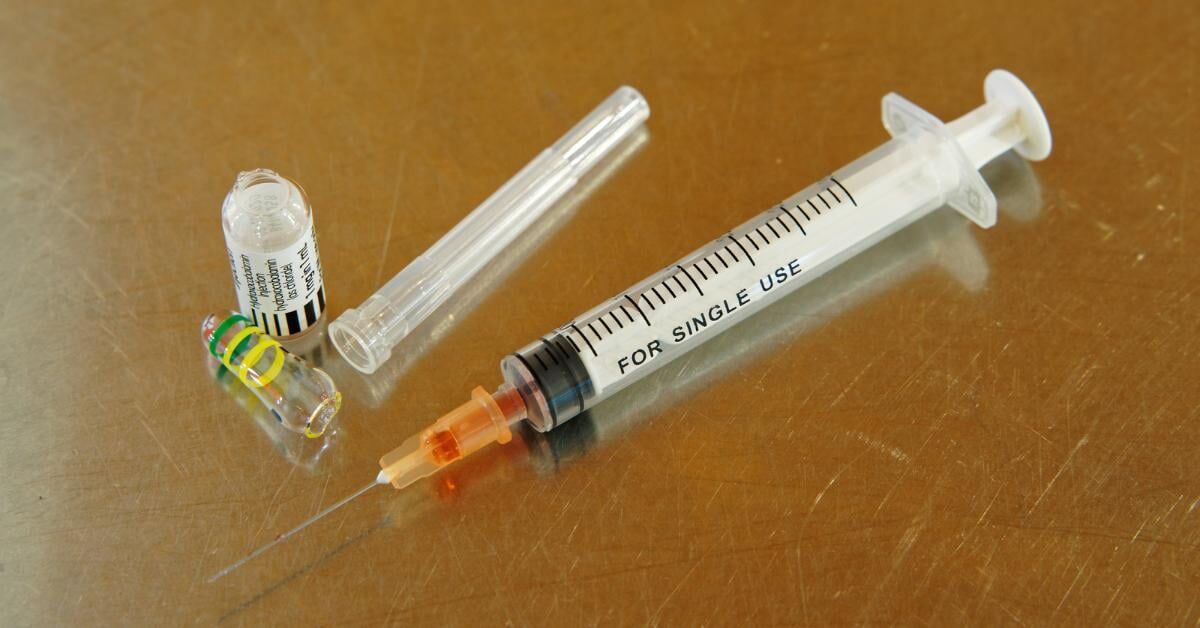
Preventing Counterfeit Drugs
The World Health Organization (WHO) has estimated that 10% of global pharmaceutical commerce ($21 billion) involves counterfeit drugs. Preventing counterfeit drugs is a matter of public safety and the pharmaceutical packaging industry is working hard to solve this global problem. The FDA requires drug manufacturers to guard against the duplication, substitution, and tampering of consumer drugs. To combat the tampering of drugs, many pharmaceutical packaging companies already use tamper-evident packaging designs to warn consumers if a product had been substituted or altered. Packages are also designed to have hidden overt features that prove the drug’s legitimacy when revealed. A more technological approach has also been taken by companies. RFID with track and trace technology has played a key role in keeping track of drug packages and identifying counterfeit shipments. Serialization is a trend on its own with companies keen on keeping track of their products through the supply chain.
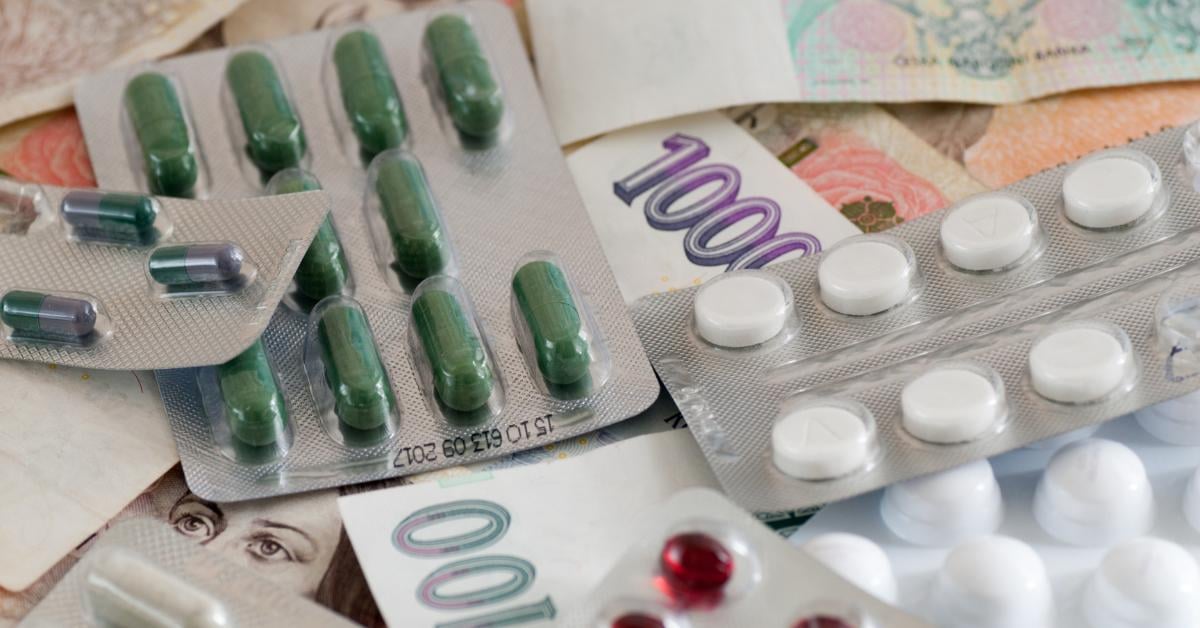
Serialization
Serialization is the process of applying a unique code to each individual product. It provides a system to track and trace a pharmaceutical product from its source through the entire supply chain. From tracking recalls to gathering supply chain data, serialization not only creates transparency but it also improves the packaging process with data-driven decisions. Some countries are making serialization a requirement. In the United States, Unique Device Identification (UDI) system tracks medical and pharmaceutical products as they move through the supply chain and into consumers’ hands. UDI barcodes are required by the FDA on all medical devices. The barcodes contain important and required information such as the lot or batch number, expiration date, date of manufacturing, and more. Serialization doesn’t stop at the individual product, tracking everything from the cases of products to the pallets is all part of tracking through the supply chain. With the success of the UDI system, other countries are adopting UDI or similar systems to track their products better and increase transparency and safety.
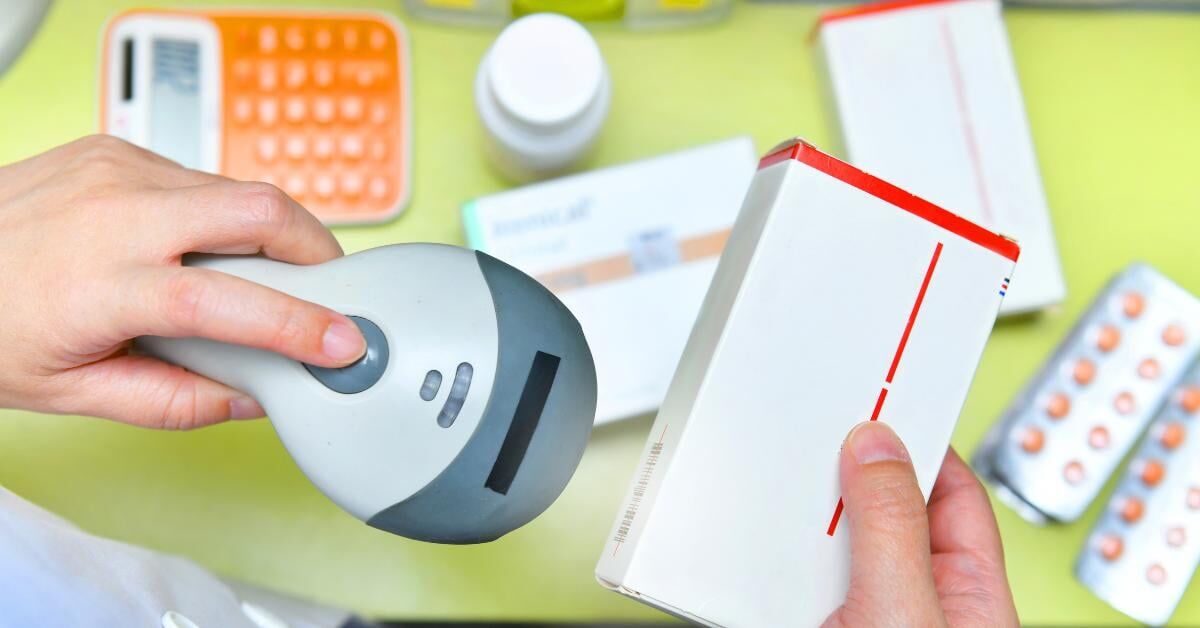
Your Pharmaceutical Packaging Partner: MFT Automation
Keep up with all the packaging automation trends with MFT Automation! MFT Automation is a leader in packaging automation solutions with over 25 years of experience in the pharmaceutical packaging industry. With the resources and knowledge to create high-performance friction feeders, labelers, and systems, MFT Automation works directly with customers to find the perfect solution for their automation challenge. From the first draft with our in-house Mechanical, Electrical, and Software Engineering departments to assembly in our Machine Shop with modern CNC and lathe machine tools, we’ll know your system inside and out. Our Integration Engineering team works to fine-tune the equipment for your specific application and then install or integrate it into an existing system. Our systems are known for their flexibility, accuracy, and high performance. Contact us with your latest automation challenge!


